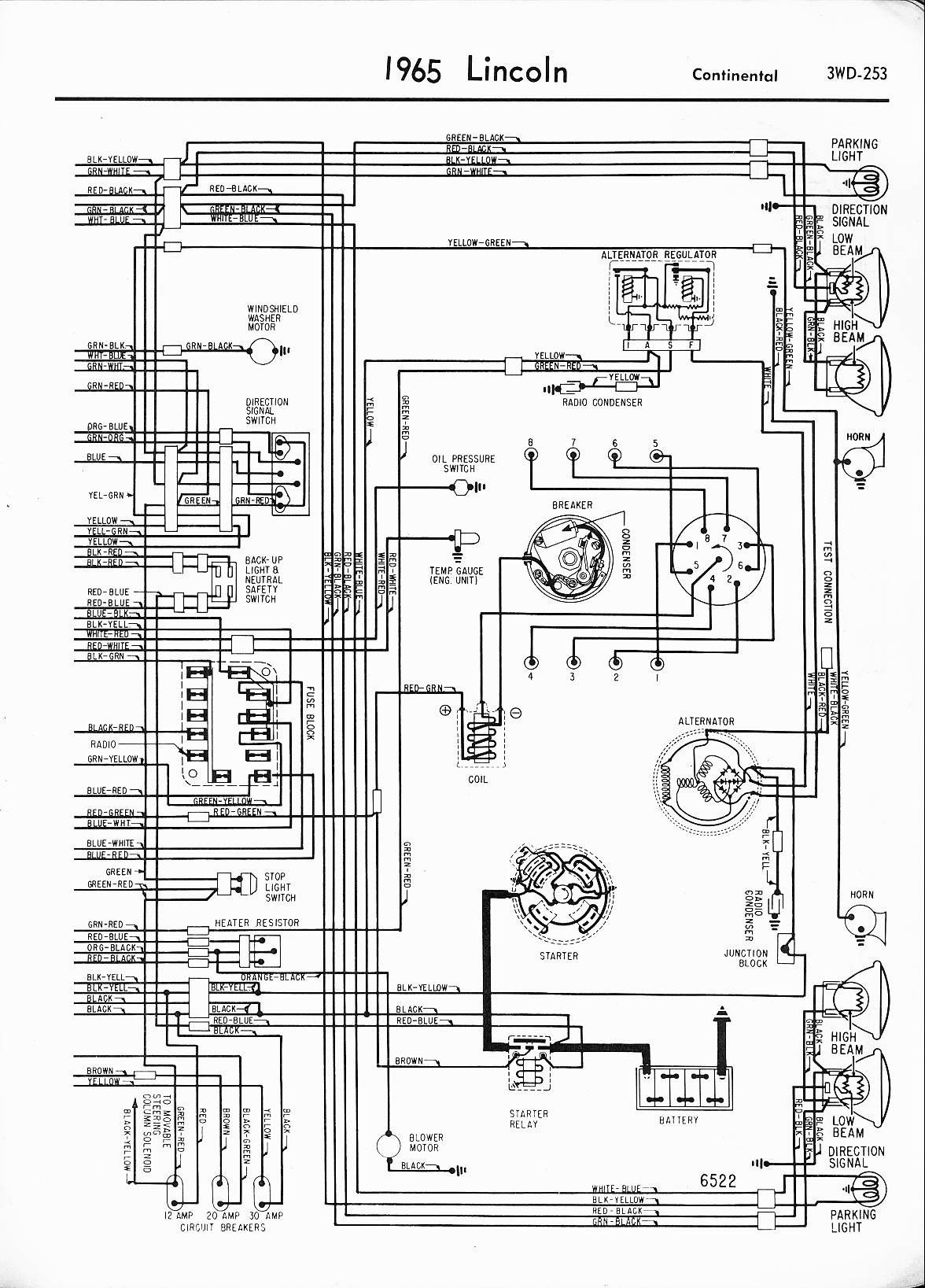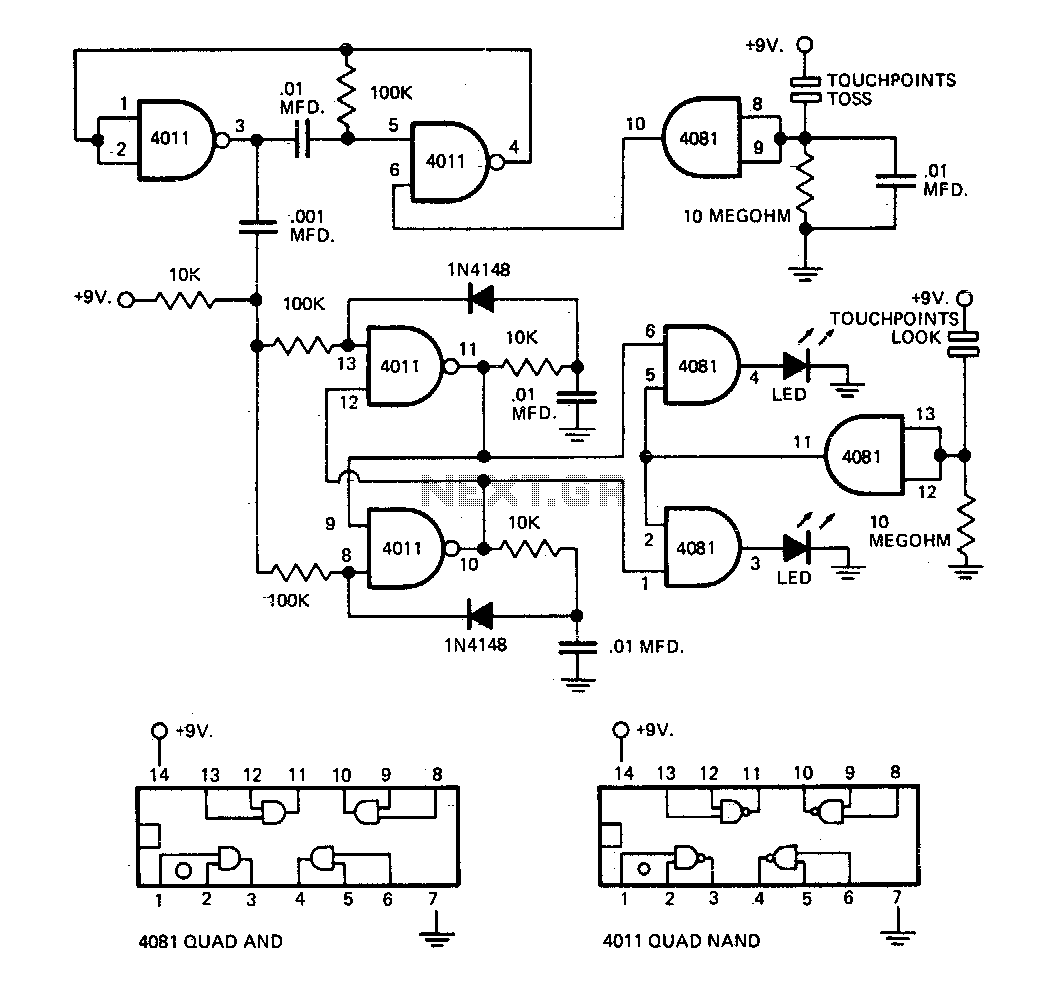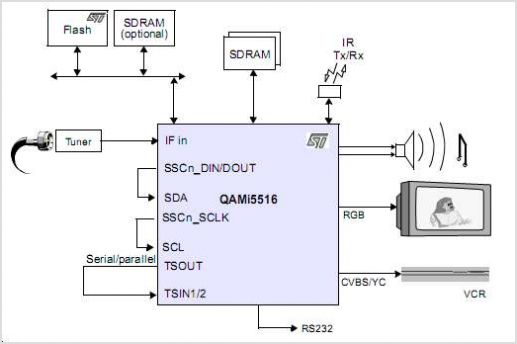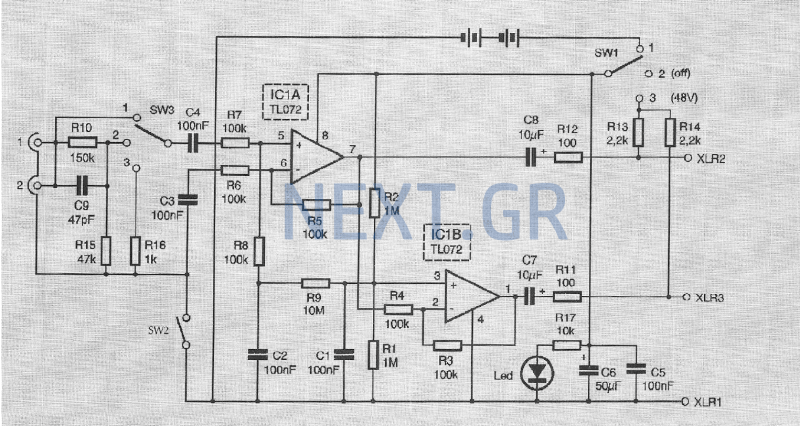
Domino Box trick
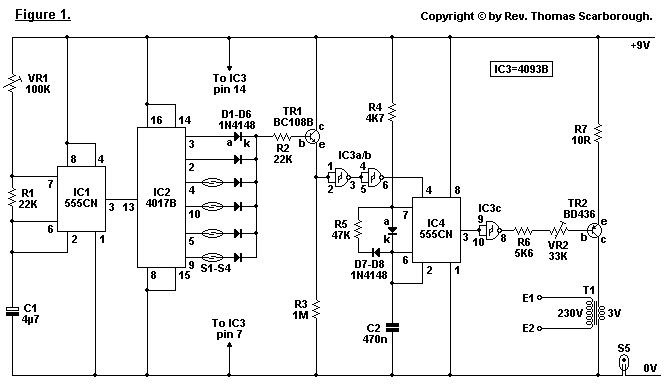
The design uses tactile sense (or rather, neural sense) to reveal the contents of a box. The box contains 4 shapes, as in a child's shape sorter. The conjurer asks a person to secretly remove from the box any shape or shapes of his or her choosing, then to close the box, and to place a silk over it. The conjurer then rests a hand on the silk, and through "extra-sensory powers" reveals the contents of the box. More: The trick works as follows: each of the 4 shapes hides within it a magnet or magnets. The circuit sends a series of low-current high-voltage pulses to the surface of the box (by way of metal hinges, screws, or studs). When a shape is removed from its receptacle...
The described system is an intriguing combination of tactile feedback and magnetism, designed to create the illusion of extra-sensory perception. The box functions as a concealed mechanism that integrates electronic sensing with physical interaction. Each of the four shapes, resembling pieces from a child's shape sorter, is embedded with one or more magnets. These magnets play a crucial role in the operation of the circuit.
The circuit is designed to send low-current, high-voltage pulses through conductive elements integrated into the box's structure, such as metal hinges, screws, or studs. This setup allows the circuit to detect changes in magnetic fields when a shape is removed. The presence of a magnet within each shape creates a unique signature that the circuit can identify based on the specific arrangement and strength of the magnetic fields.
When a shape is removed, the circuit detects the absence of the corresponding magnetic field and processes this information. The conjurer, by placing a silk over the box and resting a hand on it, creates an atmosphere of mystery. The circuit can be programmed to interpret the absence of specific shapes and relay this information to the conjurer, who can then reveal the contents of the box as if by intuition or extra-sensory perception.
To implement this design, careful consideration must be given to the choice of components, including the type of magnets used, the sensitivity of the circuit, and the method of pulse generation. The circuit may incorporate a microcontroller to manage the detection of magnetic fields and to control the output signals that indicate which shapes have been removed. Additionally, the design could benefit from a power source that ensures consistent operation without excessive drain, as the pulses must be delivered reliably throughout the performance.
Overall, this electronic circuit design not only enhances the entertainment value of the performance but also showcases the intersection of technology and illusion, making it a fascinating study in both engineering and psychology.The design uses tactile sense (or rather, neural sense) to reveal the contents of a box. The box contains 4 shapes, as in a child`s shape sorter. The conjurer asks a person to secretly remove from the box any shape or shapes of his or her choosing, then to close the box, and to place a silk over it. The conjurer then rests a hand on the silk, and through "extra-sensory powers" reveals the contents of the box.
The trick works as follows: each of the 4 shapes hides within it a magnet or magnets. The circuit sends a series of low-current high-voltage pulses to the surface of the box (by way of metal hinges, screws, or studs). When a shape is removed from its rece 🔗 External reference
The described system is an intriguing combination of tactile feedback and magnetism, designed to create the illusion of extra-sensory perception. The box functions as a concealed mechanism that integrates electronic sensing with physical interaction. Each of the four shapes, resembling pieces from a child's shape sorter, is embedded with one or more magnets. These magnets play a crucial role in the operation of the circuit.
The circuit is designed to send low-current, high-voltage pulses through conductive elements integrated into the box's structure, such as metal hinges, screws, or studs. This setup allows the circuit to detect changes in magnetic fields when a shape is removed. The presence of a magnet within each shape creates a unique signature that the circuit can identify based on the specific arrangement and strength of the magnetic fields.
When a shape is removed, the circuit detects the absence of the corresponding magnetic field and processes this information. The conjurer, by placing a silk over the box and resting a hand on it, creates an atmosphere of mystery. The circuit can be programmed to interpret the absence of specific shapes and relay this information to the conjurer, who can then reveal the contents of the box as if by intuition or extra-sensory perception.
To implement this design, careful consideration must be given to the choice of components, including the type of magnets used, the sensitivity of the circuit, and the method of pulse generation. The circuit may incorporate a microcontroller to manage the detection of magnetic fields and to control the output signals that indicate which shapes have been removed. Additionally, the design could benefit from a power source that ensures consistent operation without excessive drain, as the pulses must be delivered reliably throughout the performance.
Overall, this electronic circuit design not only enhances the entertainment value of the performance but also showcases the intersection of technology and illusion, making it a fascinating study in both engineering and psychology.The design uses tactile sense (or rather, neural sense) to reveal the contents of a box. The box contains 4 shapes, as in a child`s shape sorter. The conjurer asks a person to secretly remove from the box any shape or shapes of his or her choosing, then to close the box, and to place a silk over it. The conjurer then rests a hand on the silk, and through "extra-sensory powers" reveals the contents of the box.
The trick works as follows: each of the 4 shapes hides within it a magnet or magnets. The circuit sends a series of low-current high-voltage pulses to the surface of the box (by way of metal hinges, screws, or studs). When a shape is removed from its rece 🔗 External reference
